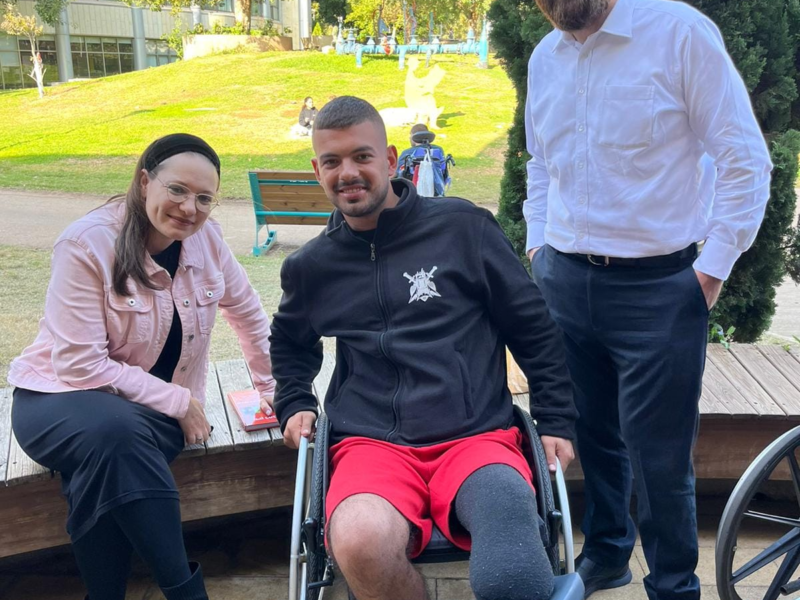
As we approach the new year of 5777, we reflect on the past and hope for the future. At this time of spiritual introspection, science offers a way we can positively impact the lives of our family and the entire Jewish community.
One in four Ashkenazi (eastern European) Jews is a carrier for at least one preventable genetic disease. Often women are offered testing for these genetic diseases after they become pregnant, when their options for avoiding having a child with one of these diseases are limited.
The prognoses of many of these diseases are horrific; several, such as Tay-Sachs and Canavans, are fatal in early childhood.
SUCCESS OF SCREENING
The ability of science to substantially reduce the incidence of these diseases was demonstrated by the effectiveness of screening for Tay-Sachs disease. Thanks to a large-scale awareness campaign in the 1970s and ’80s, Tay-Sachs screening reduced the incidence of the fatal disease in the Jewish community by more than 90%. Before 1970 there were about 60 cases a year in the United States; now there are about three to five cases a year among U.S. Jews.
Now a new generation needs to be reminded of the importance of getting tested for the 100 diseases that are now included on Ashkenazi genetic screening panels.
WHY JEWISH GENETIC DISEASES?
Biology and Jewish history explain why the Ashkenazi population has such high carrier rates.
Jewish genetic diseases are recessive, single-gene mutations on one of the 22 non-sex chromosomes. Couples in which both partners have the mutation for the same disease have a 25% chance of having a child with the disease. For each pregnancy, there is a one in four chance the child will have the disease, a two in four chance the child will be a carrier of the disease and a one in four chance the child will be a noncarrier.
During the large diaspora following the destruction of the second Temple, the incidence of the mutated genes in the Ashkenazi population was increased by repeated cycles of that population expanding and then shrinking dramatically several times over 2,000 years. Persecution reduced the Ashkenazi population frequently; if a person with a mutated gene survived, the gene was then in a larger percentage of that population.
GAUCHER & NIEMANN-PICK AWARENESS
October marks Gaucher Disease Awareness Month as well as Niemann-Pick Disease Awareness Month, two diseases that affect the Jewish population at rates higher than in the general population. Gaucher Disease, which is treatable with enzyme replacement therapy, is the most common Jewish genetic disease; approximately 1 in 12 Jews are carriers.
JScreen, a national nonprofit genetic screening initiative, brings the innovative technology of genetic screening to your front door.
Thanks to generous philanthropists, JScreen is able to greatly reduce the cost of screening to $149 (which includes genetic counseling follow-up). JScreen’s goal is to make screening accessible and affordable to anyone interested.
JScreen can test for more than 100 different genetic diseases, including over 40 diseases that are more common among people of Jewish ancestry. JScreen provides results by way of a certified genetic counselor, so you can ask questions, better know what your results mean and talk through all of your options to help ensure you can have a healthy baby.
JScreen seeks to reach couples pre-conception, so they have their genetic information early on and thus more options to have a healthy baby.
JScreen challenges you to mention genetic screening to five people over the course of the High Holidays. Tell them to visit JScreen.org, where they can learn more, request a “DNA spit kit” or ask a question.
Hillary Kener is assistant director of national outreach at Emory University’s department of human genetics.
By Hillary Kener and Deborah Moon





